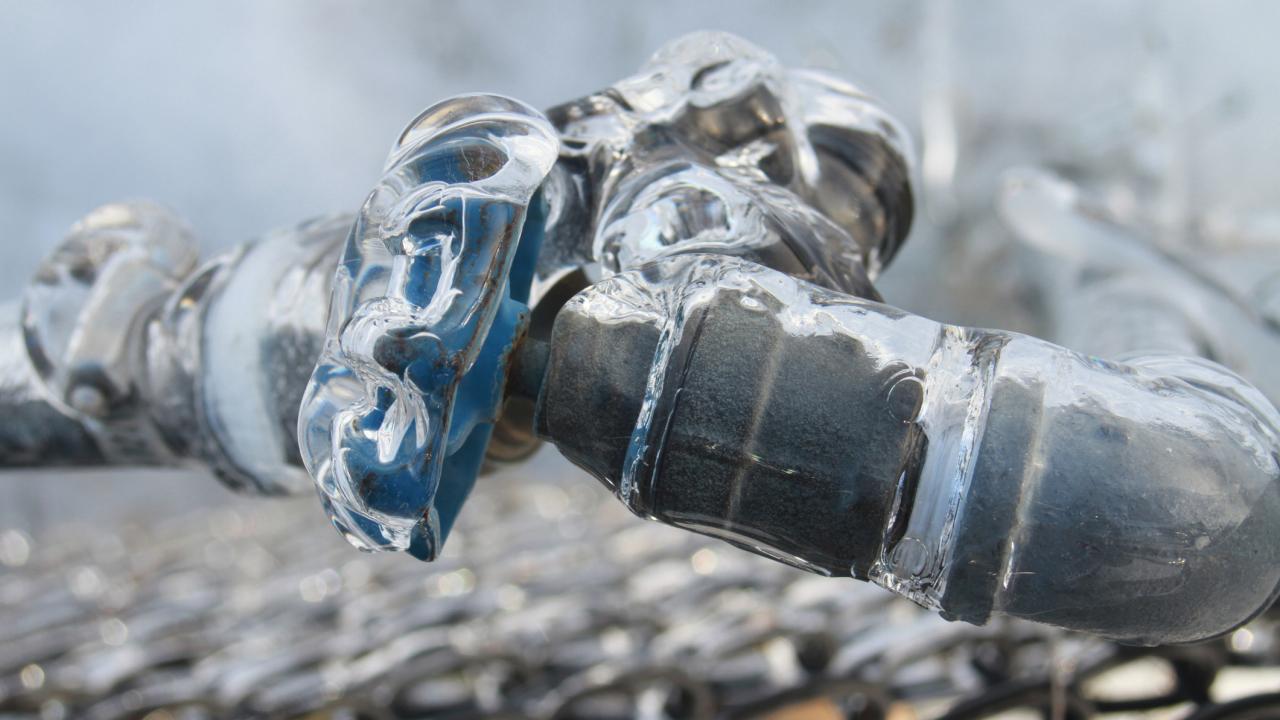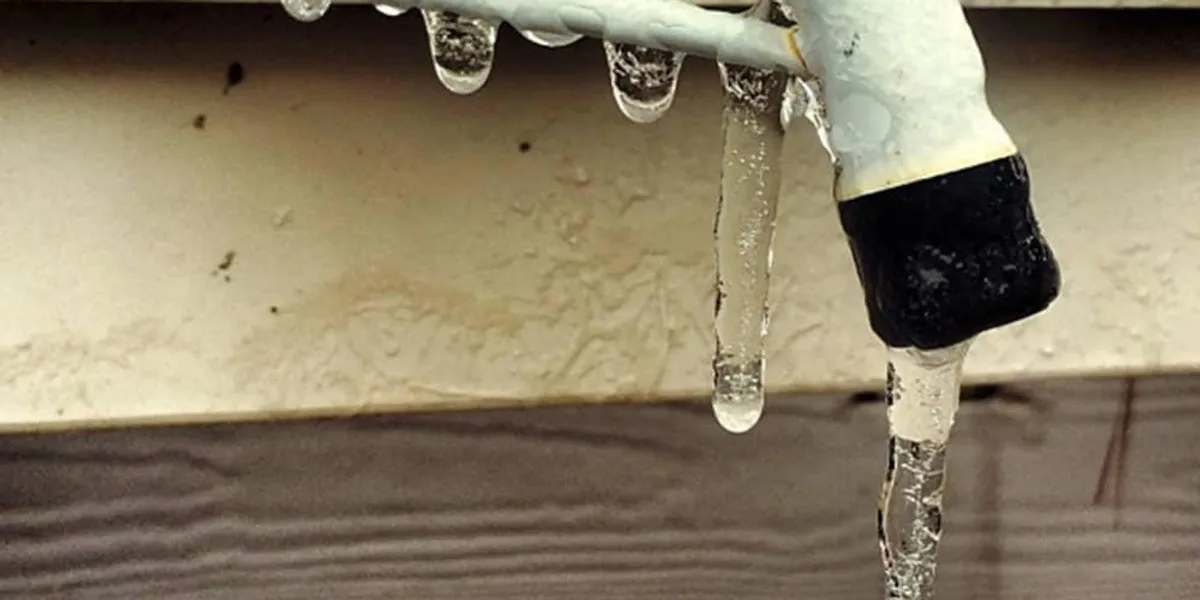Protecting Against Frozen Pipes in Cold Weather: Pro Advice
Protecting Against Frozen Pipes in Cold Weather: Pro Advice
Blog Article
Just how do you really feel with regards to 6 Ways to Prevent Frozen Pipes?

Winter can ruin your plumbing, especially by freezing pipelines. Below's how to avoid it from taking place and what to do if it does.
Intro
As temperature levels decline, the threat of icy pipelines increases, possibly leading to pricey repair work and water damages. Recognizing just how to prevent icy pipelines is vital for home owners in cold environments.
Avoidance Tips
Protecting prone pipes
Wrap pipelines in insulation sleeves or utilize heat tape to shield them from freezing temperature levels. Concentrate on pipes in unheated or exterior areas of the home.
Home heating methods
Maintain interior rooms appropriately warmed, particularly locations with plumbing. Open up closet doors to enable cozy air to distribute around pipelines under sinks.
Just how to recognize frozen pipes
Try to find reduced water flow from faucets, uncommon smells or sounds from pipelines, and noticeable frost on revealed pipelines.
Long-Term Solutions
Architectural changes
Take into consideration rerouting pipes far from exterior walls or unheated areas. Add additional insulation to attic rooms, basements, and crawl spaces.
Upgrading insulation
Invest in high-grade insulation for pipes, attics, and wall surfaces. Correct insulation assists maintain consistent temperature levels and minimizes the risk of frozen pipes.
Safeguarding Outdoor Pipes
Garden tubes and outside taps
Disconnect and drain pipes yard hose pipes prior to winter season. Mount frost-proof spigots or cover outside taps with shielded caps.
Comprehending Icy Pipelines
What causes pipes to ice up?
Pipes ice up when exposed to temperature levels below 32 ° F (0 ° C) for prolonged periods. As water inside the pipes freezes, it increases, taxing the pipe walls and potentially triggering them to rupture.
Risks and problems
Icy pipelines can result in water supply disturbances, property damages, and pricey fixings. Ruptured pipelines can flooding homes and trigger substantial architectural damage.
Signs of Frozen Pipes
Recognizing frozen pipes early can prevent them from rupturing.
What to Do If Your Pipes Freeze
Immediate activities to take
If you believe icy pipes, keep taps available to soothe pressure as the ice melts. Use a hairdryer or towels taken in hot water to thaw pipes slowly.
Verdict
Avoiding icy pipelines requires positive procedures and fast responses. By recognizing the causes, indicators, and safety nets, property owners can safeguard their plumbing during winter.
5 Ways to Prevent Frozen Pipes
Drain Outdoor Faucets and Disconnect Hoses
First, close the shut-off valve that controls the flow of water in the pipe to your outdoor faucet. Then, head outside to disconnect and drain your hose and open the outdoor faucet to allow the water to completely drain out of the line. Turn off the faucet when done. Finally, head back to the shut-off valve and drain the remaining water inside the pipe into a bucket or container. Additionally, if you have a home irrigation system, you should consider hiring an expert to clear the system of water each year.
Insulate Pipes
One of the best and most cost-effective methods for preventing frozen water pipes is to wrap your pipes with insulation. This is especially important for areas in your home that aren’t exposed to heat, such as an attic. We suggest using foam sleeves, which can typically be found at your local hardware store.
Keep Heat Running at 65
Your pipes are located inside your walls, and the temperature there is much colder than the rest of the house. To prevent your pipes from freezing, The Insurance Information Institute suggests that you keep your home heated to at least 65 degrees, even when traveling. You may want to invest in smart devices that can keep an eye on the temperature in your home while you’re away.
Leave Water Dripping
Moving water — even a small trickle — can prevent ice from forming inside your pipes. When freezing temps are imminent, start a drip of water from all faucets that serve exposed pipes. Leaving a few faucets running will also help relieve pressure inside the pipes and help prevent a rupture if the water inside freezes.
Open Cupboard Doors
Warm your kitchen and bathroom pipes by opening cupboards and vanities. You should also leave your interior doors ajar to help warm air circulate evenly throughout your home.

We hope you enjoyed reading our part on How To Avoid Freezing Pipes. Thank you so much for taking the time to browse our blog. Don't hesitate to set aside a second to share this content if you enjoyed reading it. Thank you so much for taking the time to read it.
Call Us Now Report this page